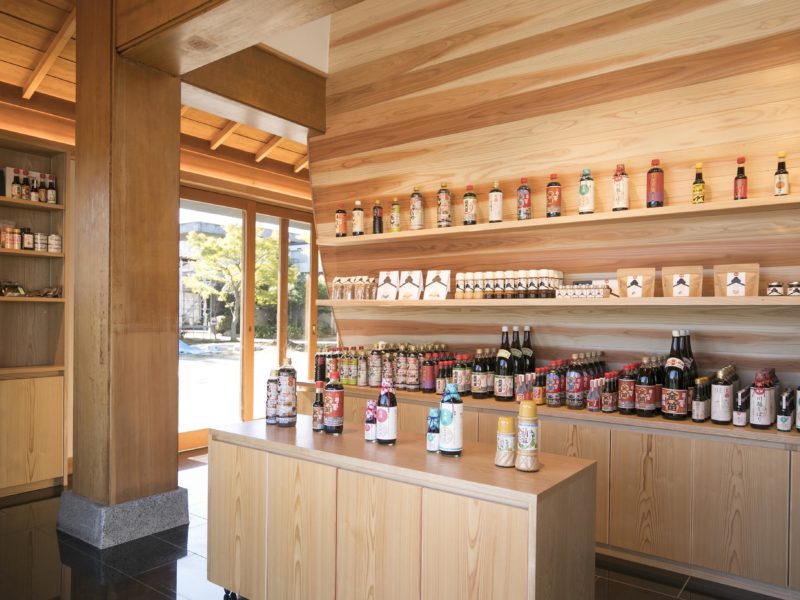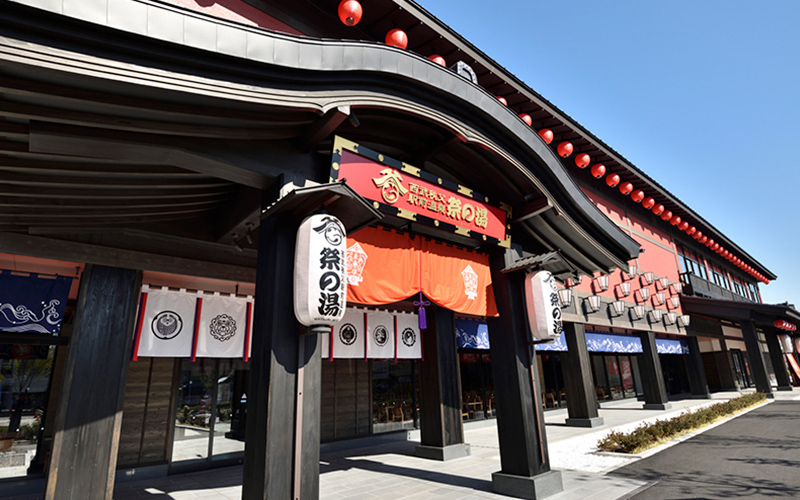Restaurants
Search Results69
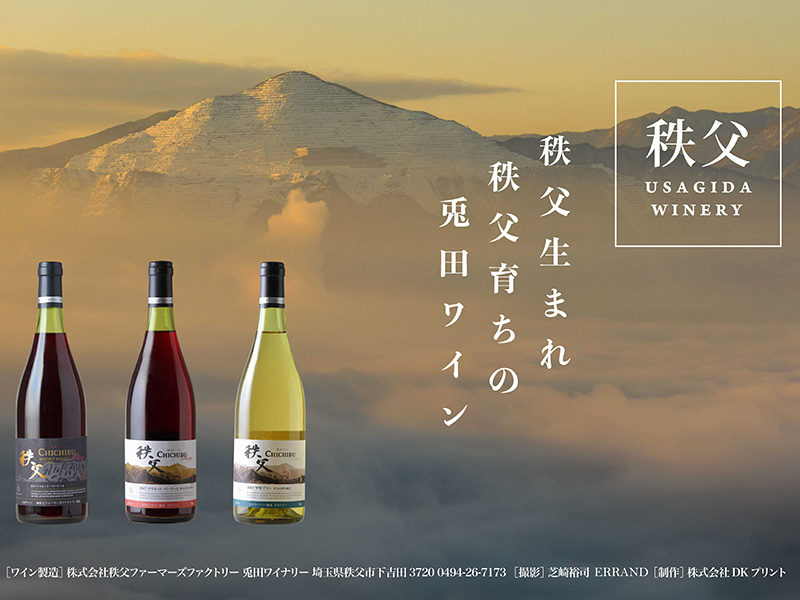
Tours of the wine factory and vineyard, free samples and sale of wines at the in-house direct sales store, and meals at the company-owned restaurant (business days specified) are available.

Located right by the Kamisato Smart IC for great accessibility. You can shop for seasonal fruits and vegetables, western and Japanese sweets, and even experience harvesting the fruits and vegetables yourself! Look forward to further developments from Kamisato Town as a center of tourism!
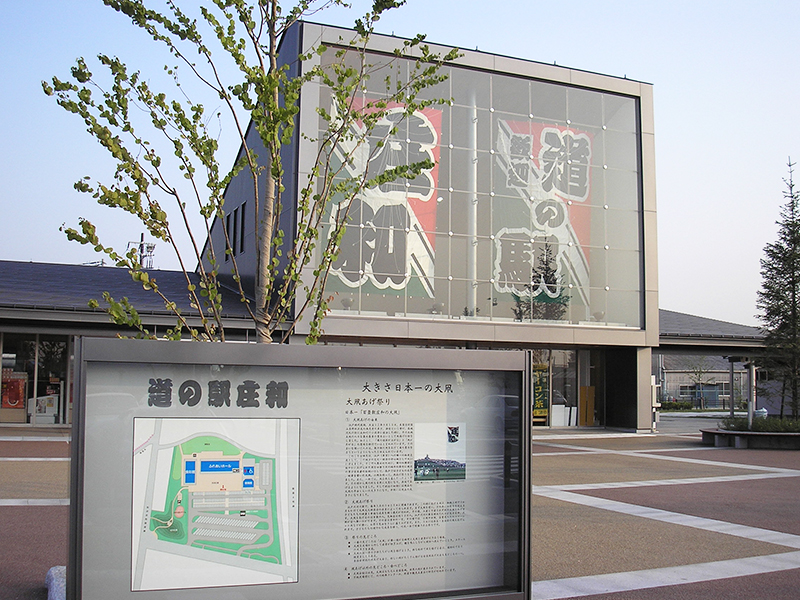
Roadside Station Showa, surrounded by a rural landscape of fertile farmland and pastoral rice fields interwoven with small forest groves, is nestled in the perfect environment to feel the change of the seasons. In the product hall, you can find a variety of souvenirs from all over the country, as well as products unique to the Kasukabe area. You can also buy local fresh vegetables at the farmers market, a place popular with tourists. Meals are also available at the restaurant, "Shokusai-kan."
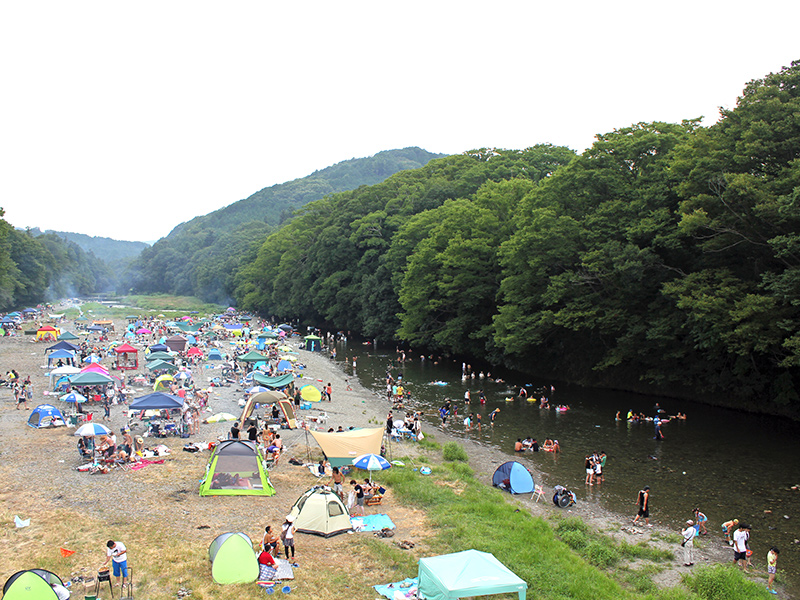
If you reserve an outdoor BBQ and food set (4 days advance required), you can arrive to BBQ here empty-handed. Reserve a spot under the roofed BBQ pavilion (4 days advance required) and you can BBQ even if it rains. The place is well-equipped with clean toilets, kitchen spaces and running water. A clear stream runs right in front of the BBQ space, making safe to play in the water.
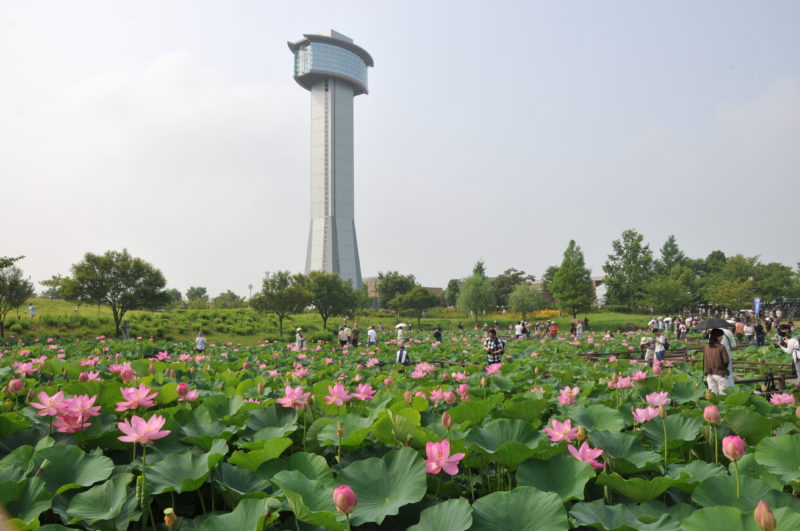
From mid-June to early August, 12,000 stocks of 42 different types of lotus flowers bloom on the surface of this lotus pond. The Gyōda lotus (ancient lotus) is a primitive form with few petals; it is said this variety of lotus is from about 1,400 to 3,000 years ago. Lotus flowers are best viewed midmorning. There are aquatic plant botanical gardens, aquatic bird lakes, peony gardens, plum tree groves, and a spot for flower viewing (hanami) cherry blossom trees, making it a place to go to feel the beauty of nature all year round. In addition, from mid-July to mid-October, rice paddy art is at its prime and can be viewed from the Ancient Lotus Hall’s Observation Room. The rice paddy art of Gyōda City started in 2008, with annual rice transplanting taking place with the help of several volunteers and participants. Not only are the designs original, but some have been featured in movies, TV shows, games. In 2015 it was recorded in the Guinness World Records as “the world’s largest (rice paddy art).”
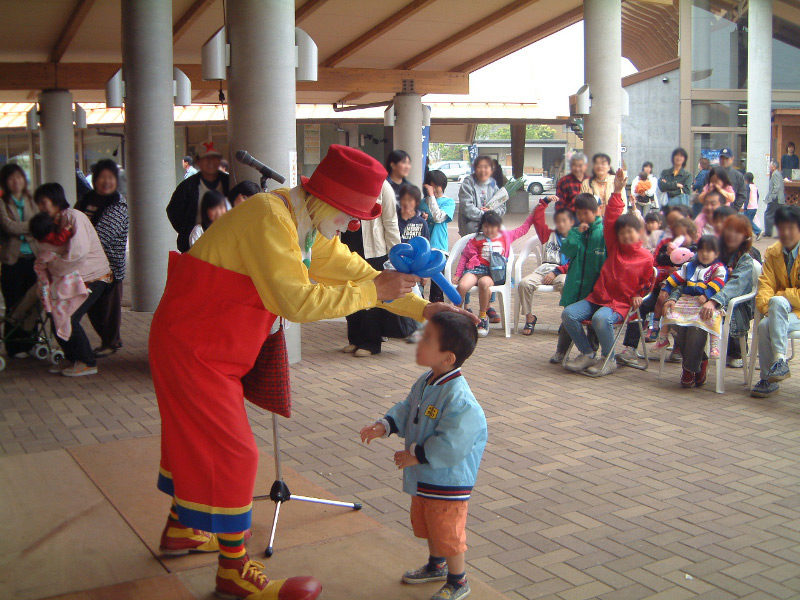
“Kiyasse Hanyū” is the nickname for Hanyū City Mitakaya agricultural and forest park. This park, with an area of roughly 3.6 hectares, has a flower-filled “Shiki no Oka” (four seasons hill), a production building selling local vegetables harvested fresh each morning, a beer factory that manufactures Hanyū’s local beer “Kobushi Hana Beer,” and a restaurant to enjoy handmade udon. Inside the park, there is playground equipment for kids, and events and vegetable harvesting experiences are held year round.
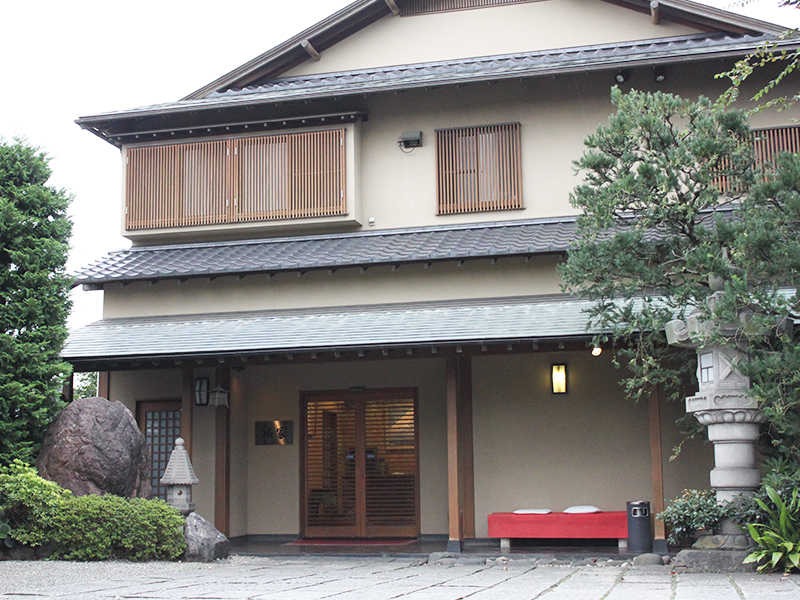
This restaurant retains its original appearance from the time of its establishment about 400 years ago in the early Edo period. You can enjoy a course featuring a variety of traditional catfish dishes, including sashimi, grilling, and frying, all of which have been enjoyed by the people of Yoshikawa for hundreds of years.
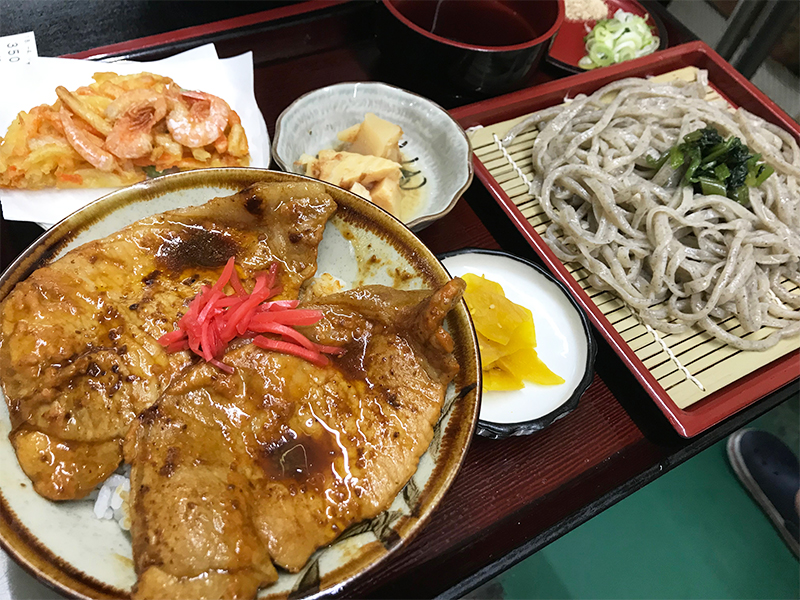
Enjoy country-style handmade soba, udon, and other set menus long popular among the farmers of Ashigakubo. You can also enjoy strawberry picking! The strawberries are bright red and packed with juicy sweetness. Strawberry picking is located right next to Menya Kinoko Chaya. If you want to pick strawberries, stop by Menya Kinoko Chaya first. ※ Time limit of 30 minutes per entry. ※ We would appreciate it if you could contact us in advance.
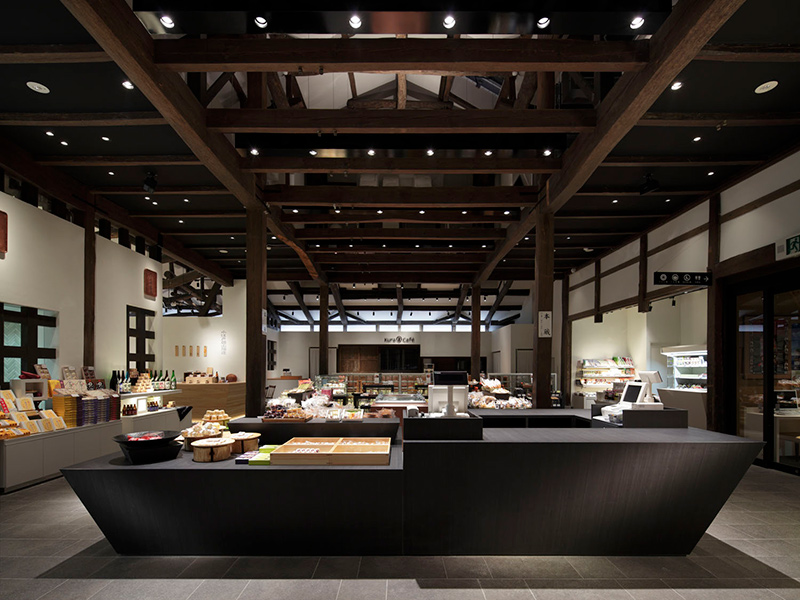
Koedo Kurari is an improved facility retaining the atmosphere of the original Kyūkagamiyama brewery, established in 1875. The brewery, built through the Meiji, Taisho, and Shōwa periods, was remodeled and designated as one of Japan's registered tangible cultural properties along with the three warehouses: souvenir shop (Meijigura), Restaurant (Taishōgura), Japanese sake shop (Shōwagura), and meeting space (Tenjigura).
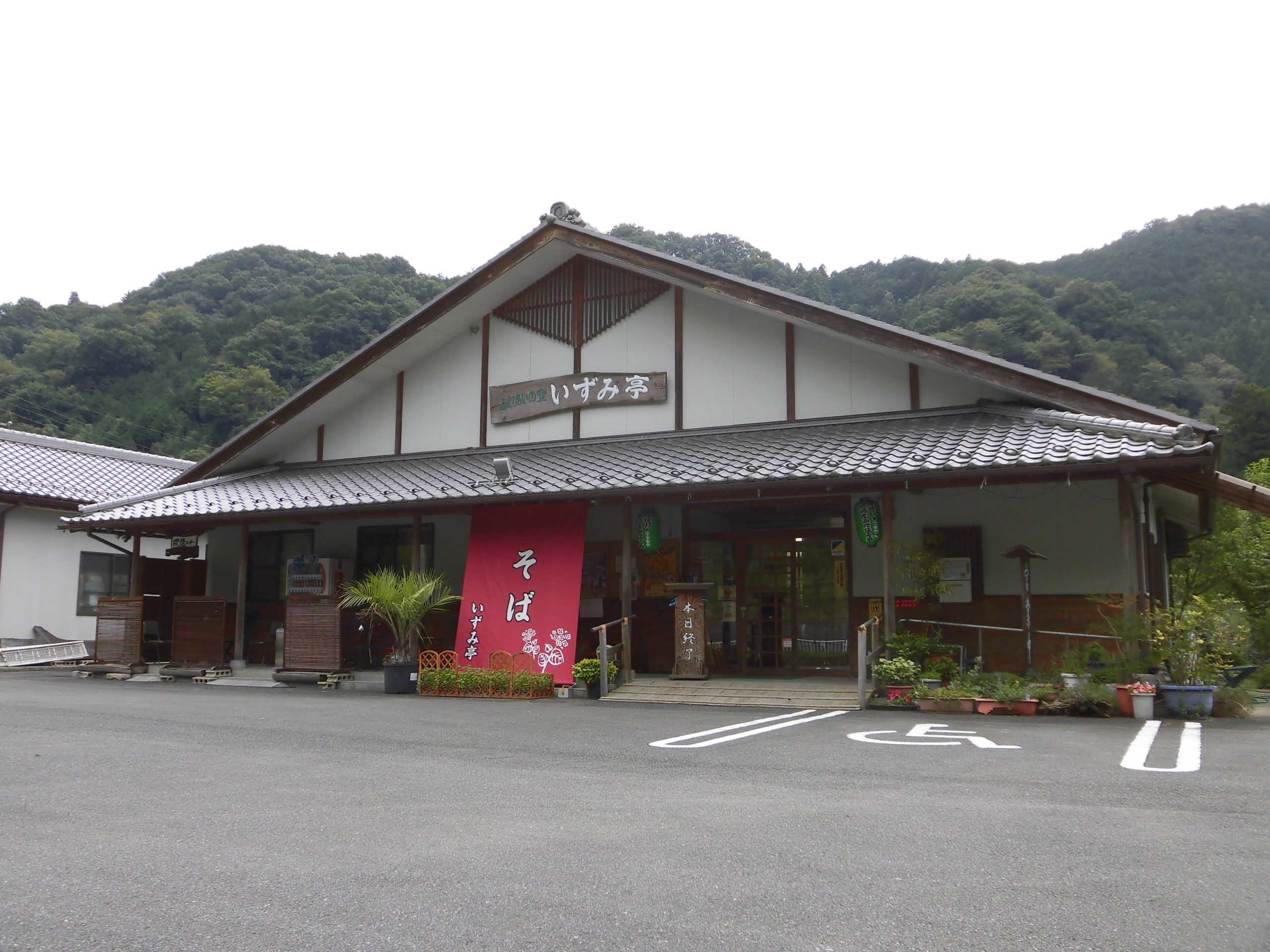
A shop that sells handmade soba made from 100% local buckwheat flour. They also use ingredients which are grown pesticide free or use 50% lower pesticides certified by the prefecture. Izumi-tei offers dishes made from ingredients at the peak of freshness and cultivated with the highest level of safety. Soba making experiences are also available with a reservation.
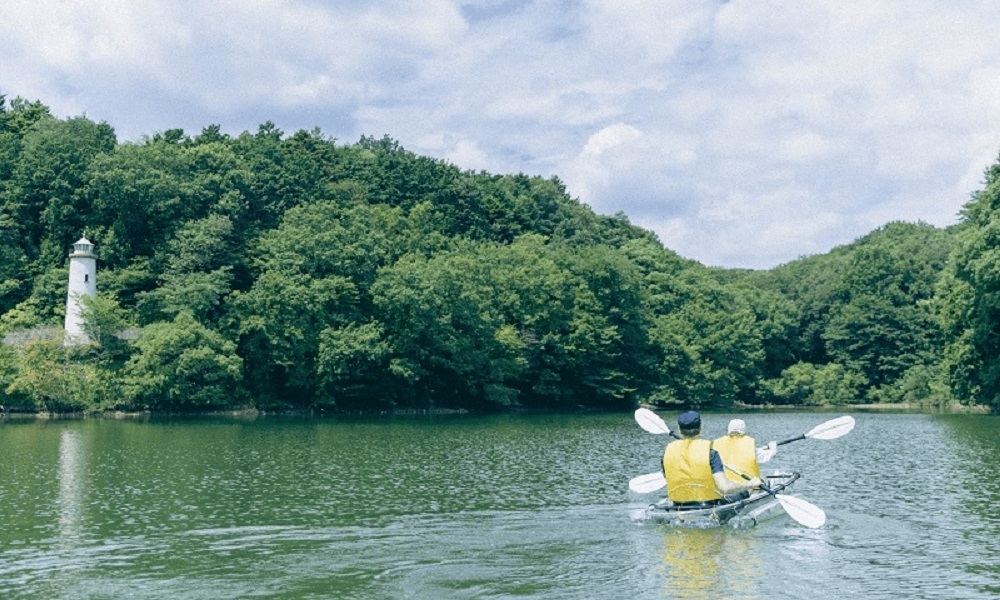
You'll spend a delightful time with family and friends at Metsa Village, whether shopping for Nordic brand goods that give you a taste of Nordic lifestyle, perusing handicrafts at the market, enjoying a Nordic meal at the restaurant, taking part in arts and crafts workshops, renting a boat to cruise the lake, or through various seasonal events. There's plenty to experience at this lakeside forest.
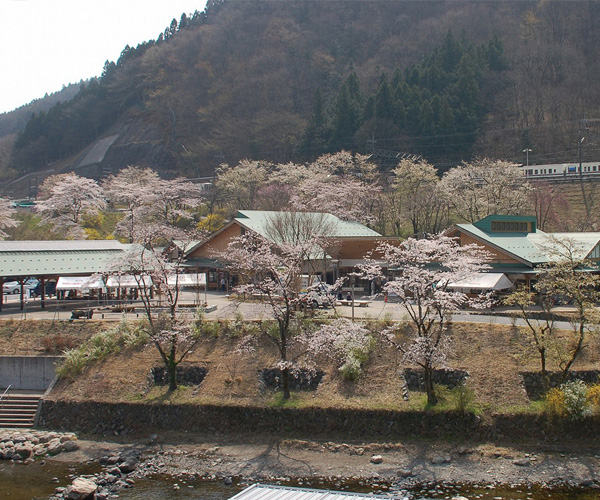
This roadside station is surrounded by rich green mountains, the clear streams of the Yokose River, clean air, and seasonal flowers and fruit trees. Inside the station, there is a farmers' market, restaurant, information center, resting area, hands-on experience dōjō (udon/soba), ceramics classroom and a gallery. Outside, there is an open space for relaxing and a deck where one can view the river from above. You can also enjoy a walk next to the Yokose river. ※Facilities listed in the Saitama Industrial Tourism Guidebook, "Manufacturing Guidebook."
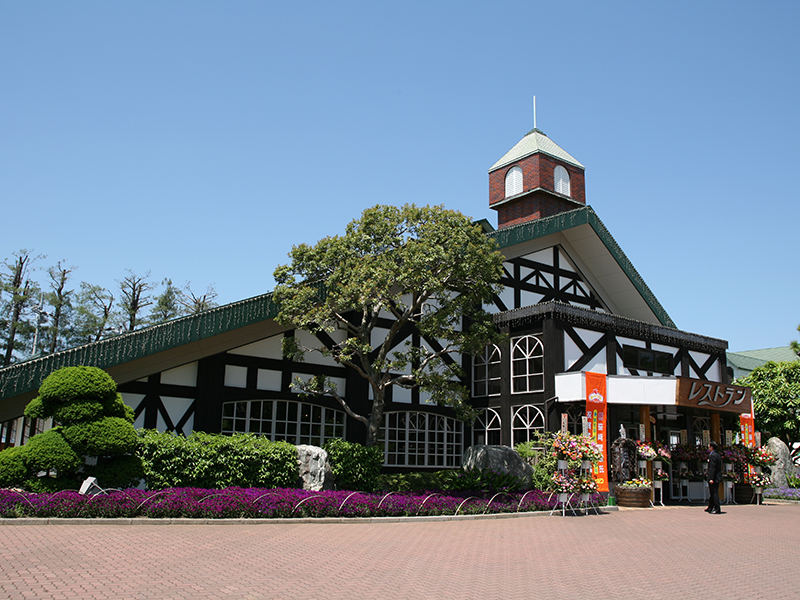
Established in 1946, our slogan is “from farm to dining table,” and we take pride in producing healthy and delicious ham and sausages using meat from the pigs raised on our farm. The quality of our product has been recognized for its authenticity in Germany, and has won many gold awards in international food contests. Featuring a theme park revolving around pork and health, there are gourmet pork meals, a farmers market selling local fresh vegetables and a relaxing hot spring, for a day full of leisurely fun.

Taste handmade soba made with stone-ground buckwheat flour grown from buckwheat seeds taken from the house field. Run by a happy, elderly couple ♪ The inside of the store has a nostalgic and calm feeling. The specialty is the poster girl who is full of warmheartedness! The tempura that comes with the soba is fried after an order is made, so it is crispy and hot ♪ Located near the 8th temple, Seizenji (temple with a small-leaved maple of 600 years). During grape picking season, grapes can be bought directly (as a souvenir) from the neighboring grape garden ♪
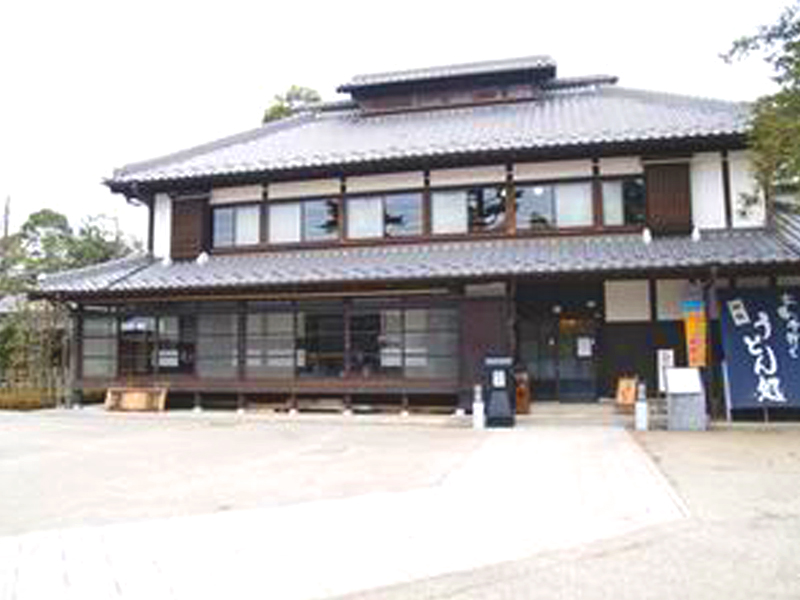
This safflower museum is a renovated private house built in the late Meiji era. There are various workshops such as pottery and soba noodle making available. The best time to see the safflower is from late to mid-June, and the steamed safflower buns are popular as a souvenir. There is also a restaurant where you can enjoy handmade udon noodles made from 100% local flour. Enjoy Okegawa both with your eyes and your tastebuds!
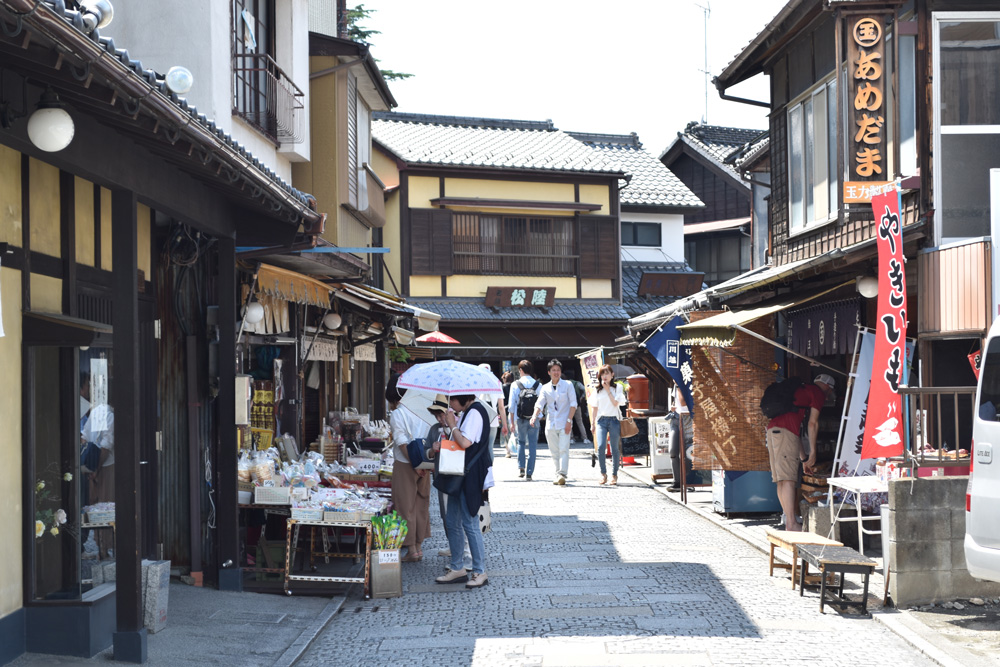
Kashiya Yokochō is a street lined with old fashioned candy (dagashi) shops. There were around 70 shops in early Showa era where various sweets were produced and sold wholesale. Currently there are around 20 shops that produce and sell simple sweets such as mint candy and Kintaro candy, fun nostalgic sweets that both children and adults can enjoy. It was also selected as one of the Ministry of Environment’s “Top100 Best Scented Sceneries.”
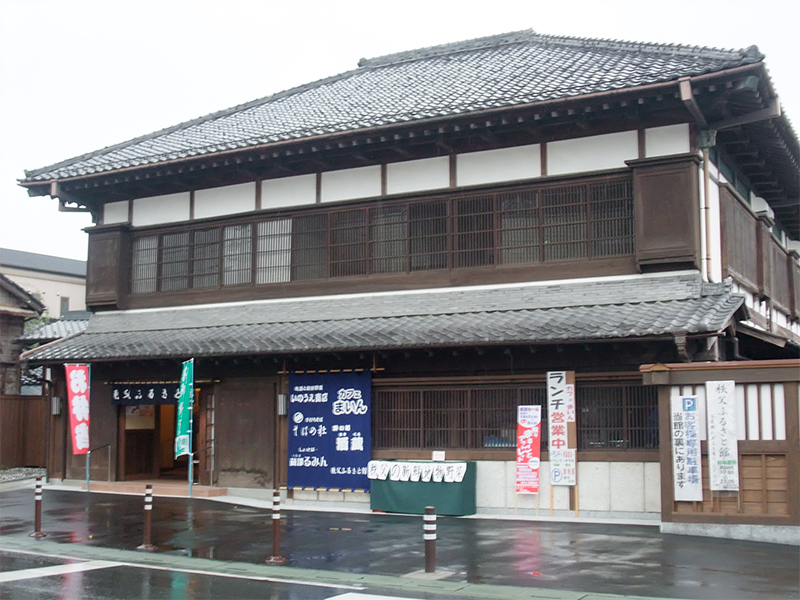
This store was originally the main building of a meisen silk wholesaler that prospered in the Taisho era. It has now been restored as a tourist center that also displays and sells local products. You can also try out the local cuisine at the soba noodle shop!
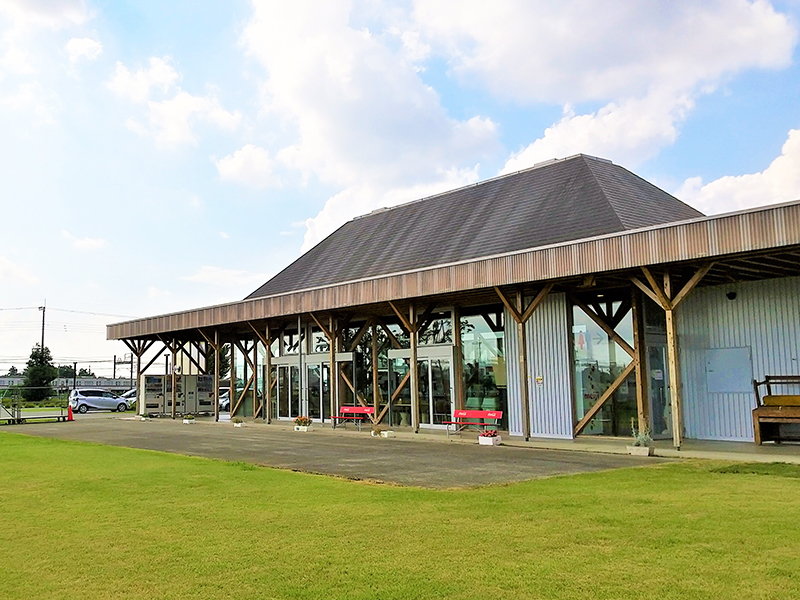
JA Saitama Chuo's Higashi Matsuyama direct sales center "Inahoterasu" is an open building constructed with local wood and natural material. The name was chosen through a contest where locals participated and came with suggestions. Inahoterasu symbolizes how the ears of rice (=inaho) will light up (=terasu) a bright future for people. Here you can find a wide variety of souvenirs from Higashimatsuyama City, such as processed pears and chestnuts, yakitori rice crackers, and other sweets!

JA Saitama Chuo's Higashi Matsuyama direct sales center "Inahoterasu" is an open building constructed with local wood and natural material. The name was chosen through a contest where locals participated and came with suggestions. Inahoterasu symbolizes how the ears of rice (=inaho) will light up (=terasu) a bright future for people. Here you can find a wide variety of souvenirs from Higashimatsuyama City, such as processed pears and chestnuts, yakitori rice crackers, and other sweets!
This site uses cookies to improve the user experience. If you continue to browse, you consent to the use of cookies on this site. Accept

